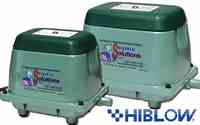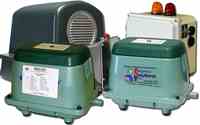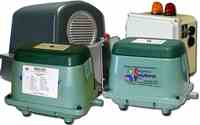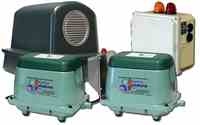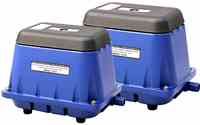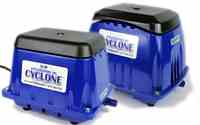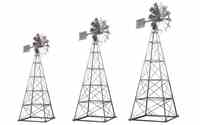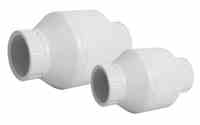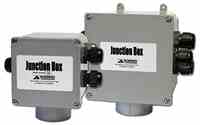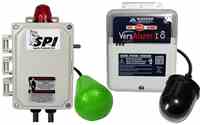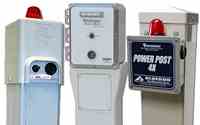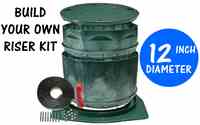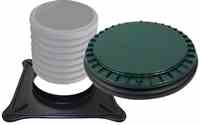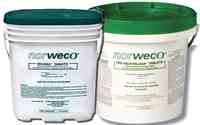Effluent Pump Buyer's Guide
Submersible Effluent Pumps are designed to pump treated wastewater from a septic tank or aerobic treatment system to a drain field, sand filter, mound system, or any other type of secondary treatment system.
EFFLUENT PUMPS - vs - SEWAGE EJECTOR PUMPS - vs - SUMP PUMPS
Effluent pumps are designed to handle treated wastewater with minimal solids. These pumps are usually installed in a lift station after a septic tank or aerobic treatment system and will pump to a secondary treatment system such a drain field. Because the septic tank or aerobic system has eliminated most of the solids, effluent pumps are only designed to handle small solids up to ¾’’ in diameter. Effluent pumps will normally have an 1-1/2’’ or 2’’ discharge.
Sewage Ejector Pumps are designed to handle raw sewage. These pumps are installed in a lift station that pumps raw sewage from a house or office to the septic tank or city sewer. They are designed to handle large solids up to 2’’ in diameter. Sewage ejector pump normally have a 2’’ or 3’’ discharge.
Sump pumps are used to remove drainage water that has accumulated in a sump basin, commonly found in the basement or crawlspace of homes. This drainage water is typically clear and has little to no solids in it. Sump pumps are only designed to handle solids up to ¼’’ in diameter. Effluent pumps can be used as sump pumps, but we would not recommend using a sump pump in an effluent pump application.
CHOOSING THE CORRECT SIZE
To make a decision on which size of effluent pump will work best for any certain application there are a few questions you will need to know the answer to:
What kind of head pressure will the pump be pushing against? (The numbers you need to know is how high vertically the pump needs to push the water and the length of the horizontal run.)
What kind of flow rates will the pump need to handle? (Roughly how many GPM do you expect to run through the pump at MAX capacity)?
If you can answer these questions, then choosing a submersible pump will be a piece of cake!
HEAD PRESSURE EXPLAINED
Head Pressure is simply the force that the pump must overcome to be able to push the water to its destination. This number is figured by calculating the vertical lift (static head) along with pipe friction loss using the size of pipe, length of run, and flow rate of the pump. These two figures put together are what we call Total Dynamic Head (TDH). If you do not know the TDH for your application, our technicians will be able to calculate it for you simply knowing the vertical lift and the run distance.
The pumps are listed on our website as having a shut off at a certain feet of head. The Total Dynamic Head that your pump must overcome has be lower than that shut off number in order for the pump to work correctly. Generally, if the numbers are relatively close, going to the next size larger unit is highly recommended.


